The potato is the perennial, tuberous crop with an American origin. Nowadays, it is the most versatile vegetables in the world and probably one of the easiest crops to grow.
You can expect the best results if you keep your veggies weed-free and take care not to plant them in the same place for at least three to four years. They are highly adaptable crop, and you can have a decent yield in various conditions and growing seasons.
In general, there are two types of this delicious veggie. The summer potatoes (new, early potatoes) are ready for harvest during summer, and you have a week to eat them before spoiling. The fall potatoes (storage, late potatoes) are available for harvest during fall, and you can store them up to six months in a cold, dark, and mid-humid place.
Reasons Why You Should Grow Potatoes in Your Garden
This beneficial veggie is a part of almost every home in the US. There are a bunch of reasons for that. Let’s see.
1. Potatoes are rich in nutrients
These vegetables are an excellent source of:
- Vitamins, including vitamin C, vitamin B6, niacin (vitamin B3), and folate (vitamin B9)
- Minerals, including phosphorus, potassium, magnesium, manganese
- Fibers
2. Potatoes contain antioxidants
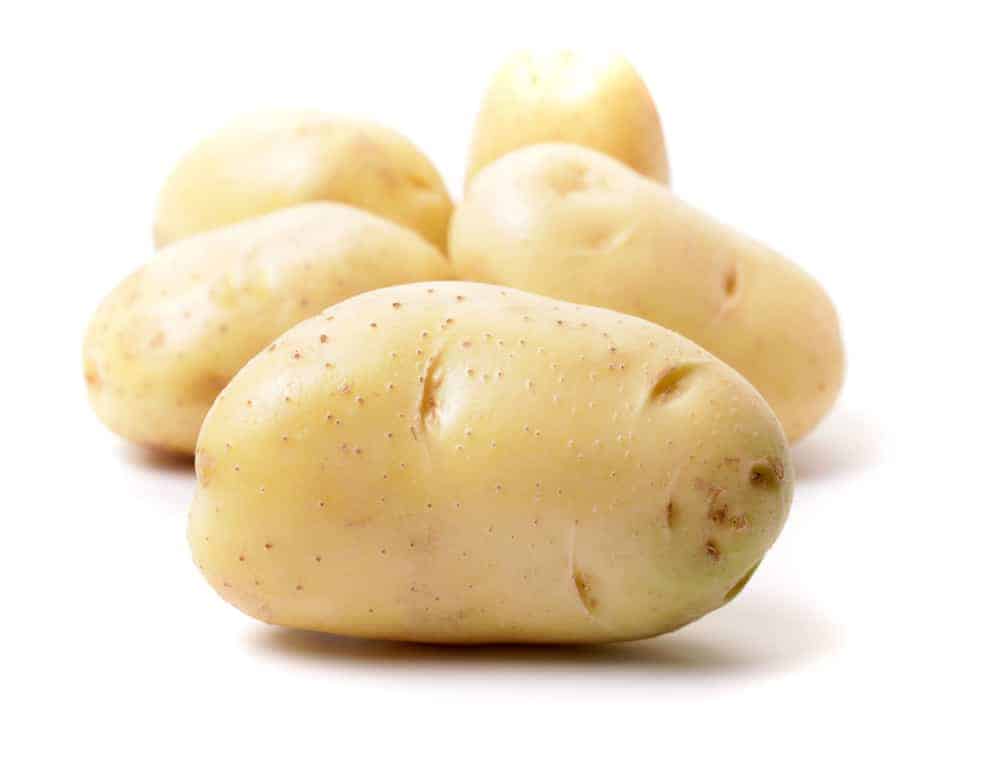
This plant is rich in flavonoids, phenolic acids, and carotenoids which act as antioxidants in our bodies and neutralize harmful free radicals. Consequently, potatoes may prevent the risk of chronic diseases such as diabetes, heart disease, and even cancer.
3. Potatoes reduce inflammation
You can use potatoes to reduce inflammation of the digestive system. They are the food of choice for patients suffering mouth ulcers. Also, they may reduce inflammation caused by arthritis and gout.
4. Potatoes may help with blood sugar control
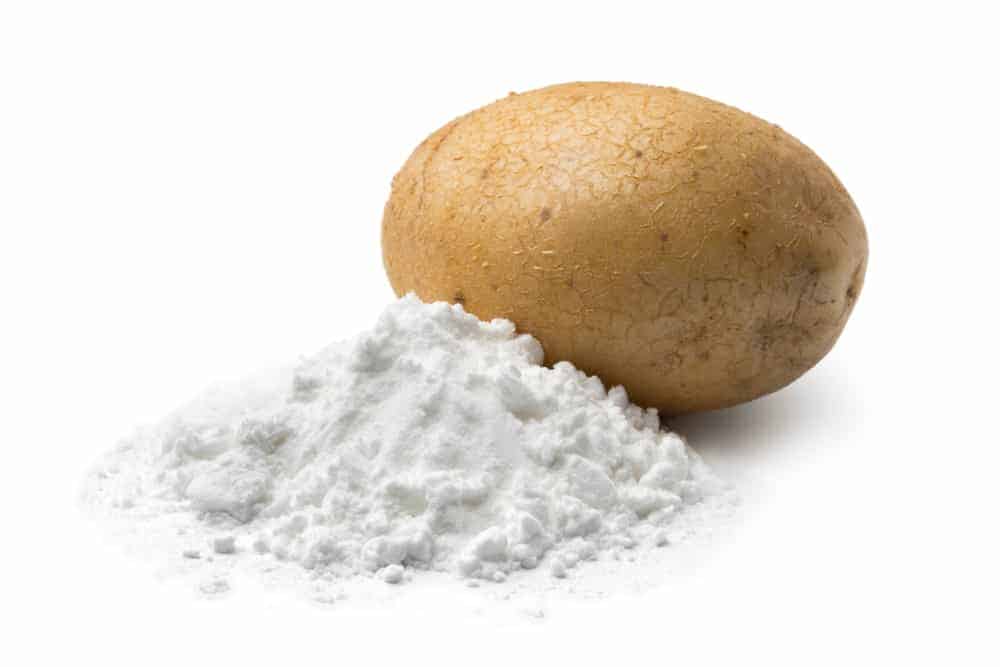
Potatoes contain so-called resistant starch which doesn’t fully break down in the body. It reduces insulin resistance and consequently improves blood sugar control.
5. Potatoes may improve digestive health
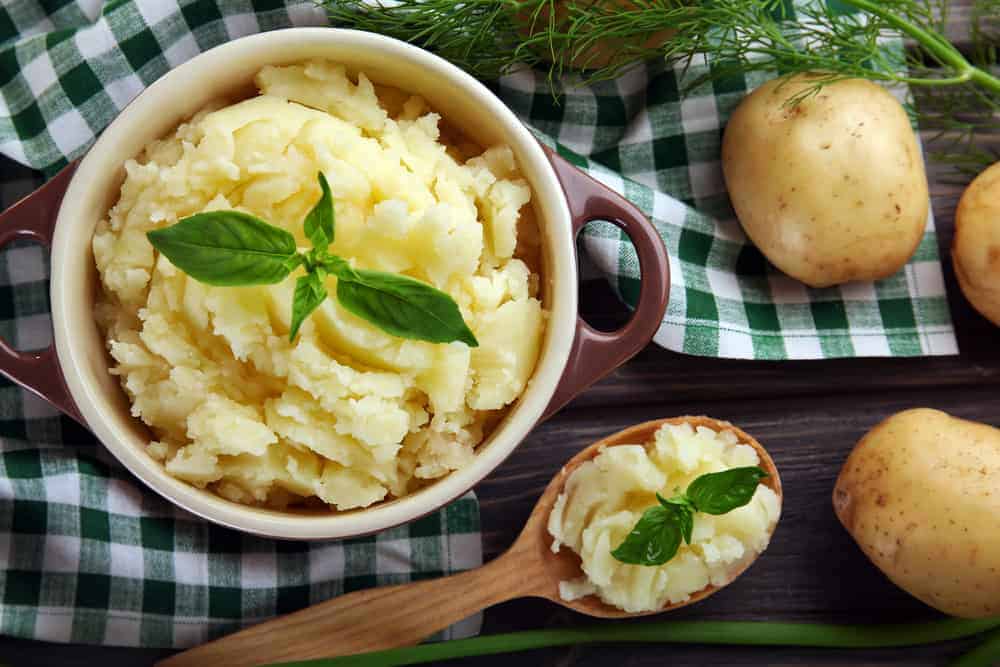
The resistant starch won’t absorb entirely, but comes to the large intestine and feeds beneficial bacteria there. In return, bacteria digest that starch and turn it into beneficial butyrate, a short-chain fatty acid.
6. Potatoes are gluten-free plants
Most people have no issues with consuming gluten. However, patients with non-celiac gluten sensitivity or celiac disease can’t consume cereals and other plants containing gluten. Therefore, potatoes can be a valuable part of a gluten-free diet.
7. Potatoes are easy to digest

Since these vegetables contain fibers and carbohydrates, they facilitate digestion, increase secretion of juices in the stomach, and stimulate peristaltic motion of the guts. Consequently, potatoes easy digestion and prevent constipation.
8. Potatoes are versatile
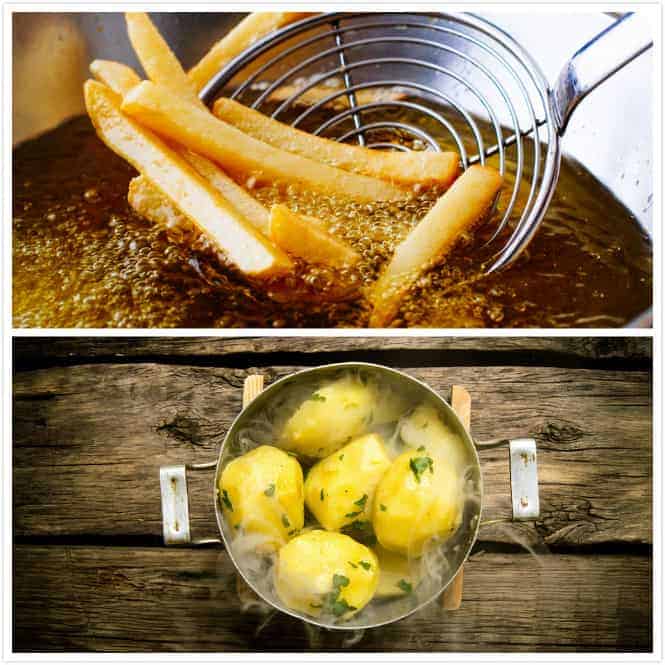
Since these delicious veggies are versatile, you can prepare them in many ways, including baking, frying, boiling, and steaming. You can try not to remove their skin because it contains most of the valuable nutrients.
9. Potatoes take care of your skin
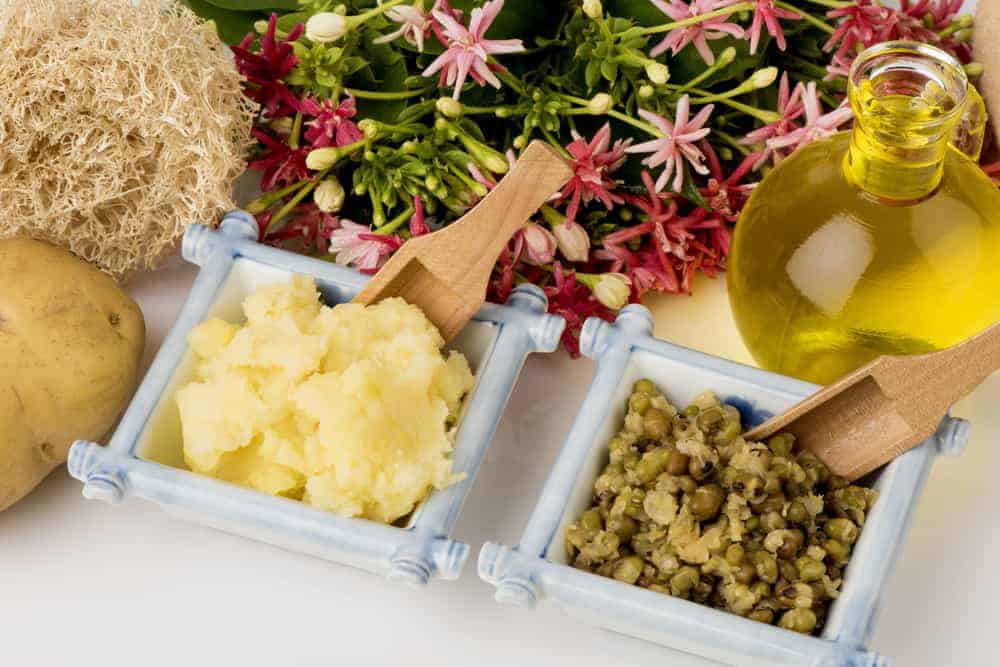
This veggie contains vitamins and minerals which are beneficial for your skin. You can eat them, or mix smashed tubers with honey, and make face packs. Those packs may help you to cure spots on the skin and pimples. Moreover, the potato will provide relief if applied to the burns.
How to Plant Potatoes in Your Garden
Prepare the soil
Begin to prepare the plot for your potatoes in November or December to allow the fertile, well-drained, and slightly acidic soil to rest before planting your vegetables at the end of February.
Remove the weeds and large stones before digging the ground profoundly and thoroughly. Add recommended dosage of well-rotted compost or high-potash fertilizer. Take care that the place you choose for your potatoes has full sun.
Planting seed potatoes
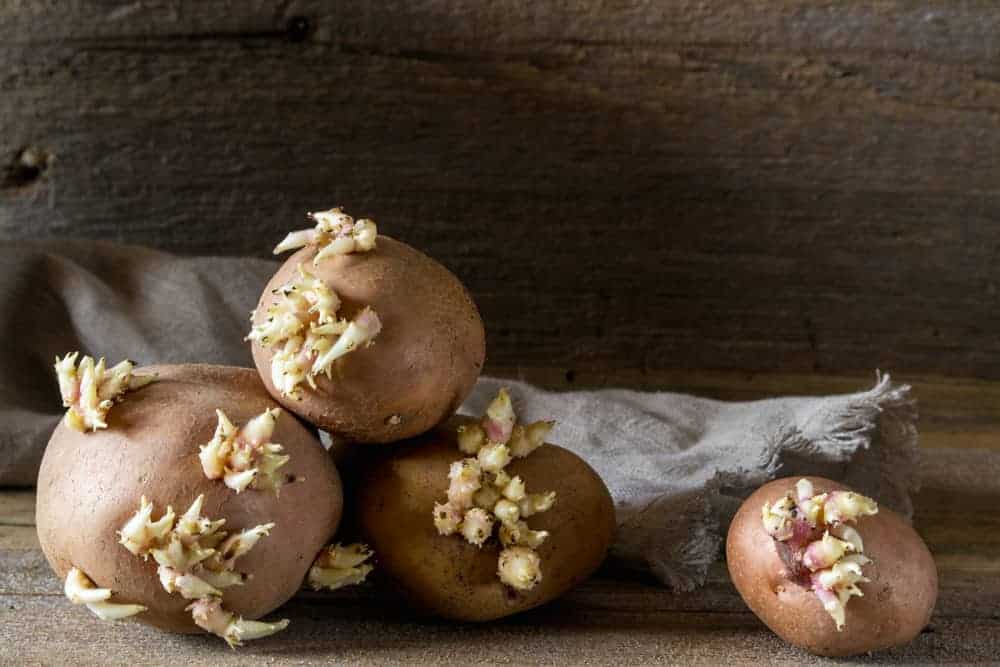
The first thing you should do when deciding to grow potatoes is to buy organic and disease-free seed potatoes from a farm store or catalog. The best option is to select tubers with existing sprouts. If you can’t find them, you can pre-sprout regular tubers in your house.
Then prepare your seed potatoes by cutting them into several chunks approximately 1 inch (2.5 cm) large. Take care that every piece has at least one ‘eye’ as a growth point for emerging new plants. Avoid using too big chunks, because smaller ones will encourage future plants to put down stronger roots. Let the pieces air-dry for 24 hours before planting.
|
Potatoes type |
Planting time |
Distance in row |
Distance between two rows |
Harvesting (from planting) |
|
First early potatoes |
The end of February | 12 inches
(30.5 cm) |
24 inches
(61 cm) |
10 weeks |
|
Secondly early potatoes |
Mid-March | 15 inches
(38 cm) |
30 inches
(76 cm) |
13 weeks |
|
Early main-crop potatoes |
Late March | 18 inches
(46 cm) |
30 inches
(76 cm) |
15 weeks |
|
Main-crop potatoes |
Late March | 18 inches
(46 cm) |
30 inches
(76 cm) |
20 weeks |
|
Second cropping potatoes |
The beginning of August | 12 inches
(30.5 cm) |
24 inches
(61 cm) |
11 weeks |
Start with planting up to two weeks after last spring frost. Keep in mind that new plants won’t begin to grow before the temperature of the soil is at least 45 F (7 C). Plus, the ground needs to be adequately moist.
At first, you should dig a trench about 6 inches (15 cm) wide and 4 to 8 inches (10 – 20 cm) deep. Rows should be about 3 feet (90 cm) apart.
Place your seed potatoes into the hole. Take care that the rose ends of the chinks are pointed up. Add organic compost or rotted manure in the bottom and enough soil to cover the potatoes.
After approximately two weeks, you will notice the appearance of first sprouts. Gently add 3 to 4 inches (7.6 – 10 cm) of the soil into the trench and organic mulch between the rows. Repeat the procedure after an additional few weeks.
Don’t worry if the soil in your garden is rocky. You can put the pieces of seed potatoes directly on the surface of the ground. After sprinkling chunks with the soil and organic compost, cover them with a layer of leaves or straw.
How to Care Potatoes plants in your garden
Sunlight
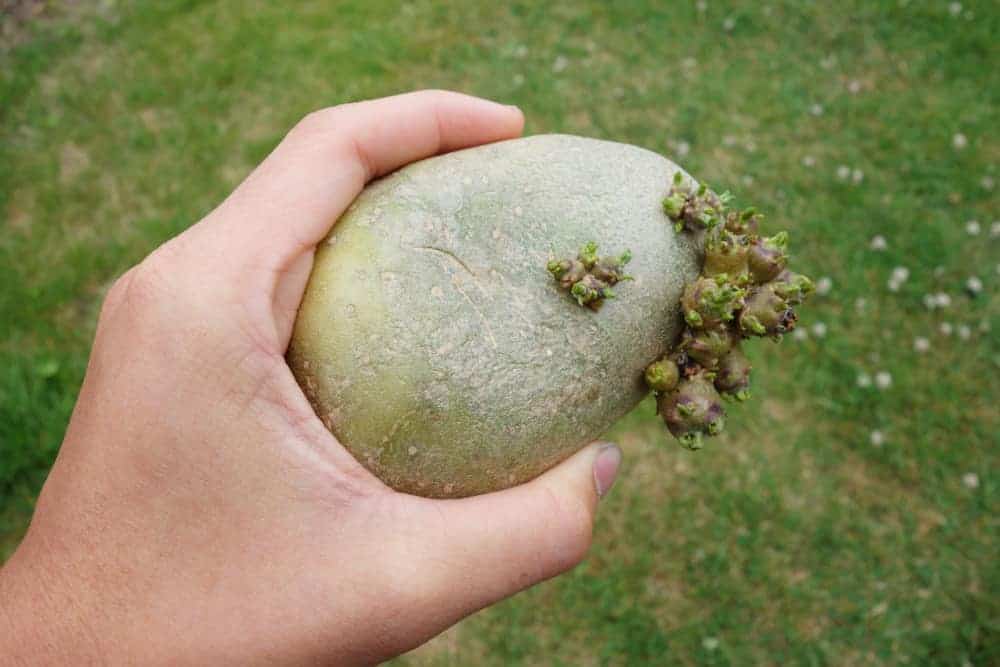
Take care not to expose planted tubers to sunlight to avoid them turn green and start producing solanine, a toxic chemical which causes a bitter taste.
Hilling
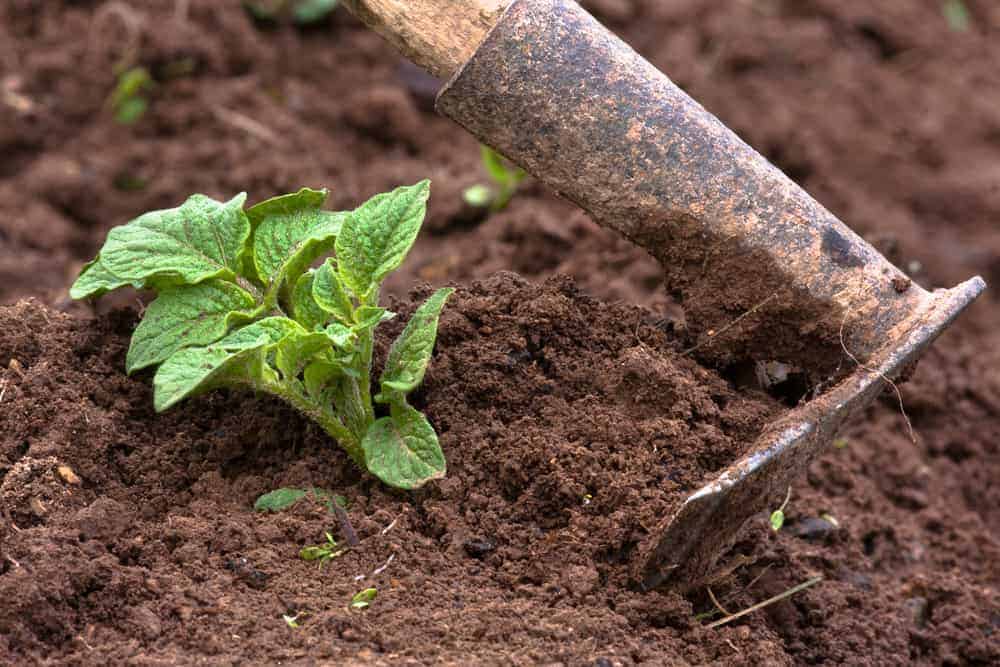
Hilling will keep chunks from getting sunburned. That is the process of adding the soil around your veggies gradually over time. Since potatoes form underground stems, you will help them to lengthen the underground parts of the stem effectively while hilling. You can finish with that process before the potato plants start blooming.
Watering
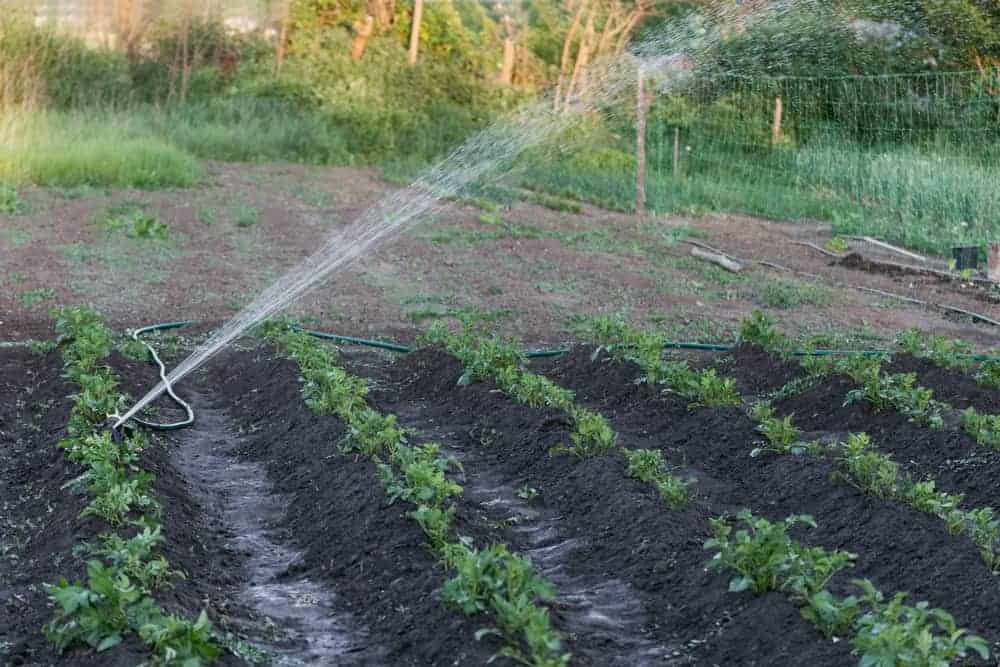
Always try to keep your potatoes well-watered during the summer, especially during the flowering period. Plants will create tubers almost immediately after the flowering stage, and if you want to harvest well, you need to provide a steady water supply at this time.
Approximately 1 to 2 inches (2.5 – 5 cm) of water or rain a week will be enough for these veggies. Stop watering as soon as noticing the potatoes leaves start turning yellow.
Fertilizing
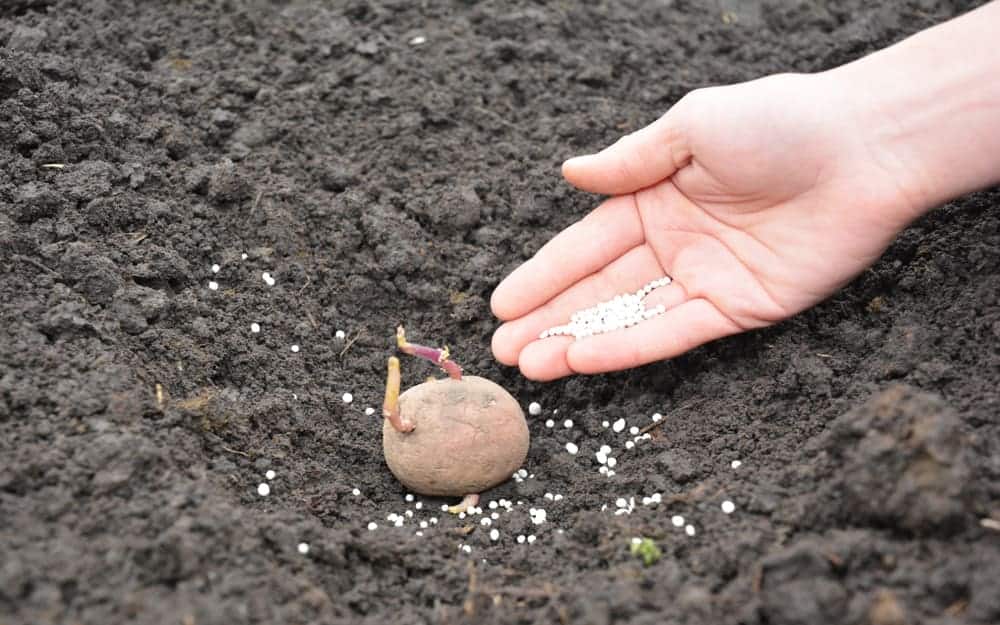
After planting, add a layer of mulch deep about 6 inches (15 cm) over your potato. You can use oak leaves or straw, and water the mound to hold everything together.
As soon as noticing the first vines starting to peek through the ground, you should use a half-strength foliar spray to feed your plants. Also, add some seaweed extract or fish-emulsion weekly. Stop fertilizing potatoes after they start flowering.
How to Harvest and Storage Potatoes
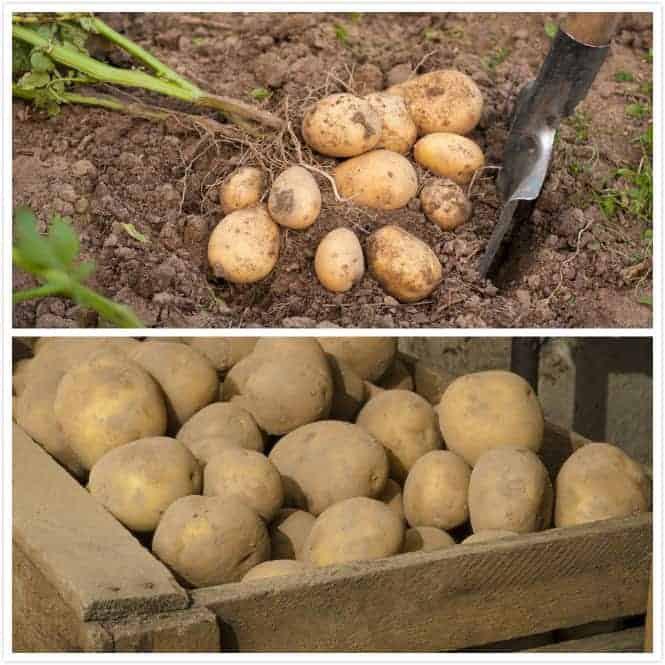
Many of us prefer small ‘new potatoes’ with tender skin, and we often collect them before the regular time of harvesting. They are ready for picking up two to three weeks after flowering is finished. Consume these young potatoes within a few days since you can’t store them for a long time.
If you want mature potatoes for storing during winter, you should wait approximately two to three weeks after the leaves fall off. It is about 15 to 20 weeks after planting. Cut foliage to the ground and wait for ten to twelve days before harvesting. That way, your potatoes will develop a nice, thick skin.
Every time you harvest some potatoes, take just about 20% of tubers at a time. However, don’t wait too long to avoid rotting.
Pick a dry day for digging your veggies and take care not to cut the tubers. If you can’t avoid digging tubers while the soil is wet, you should find an adequate place and dry them thoroughly on the air for up to two weeks. An ideal temperature for drying is 45 to 60 F (7 – 15.5 C).
For the longer storing, provide the temperature for your potatoes of 38 to 40 F (3.5 – 4.5 C), and you will keep them during winter without any problems.
Avoid storing your potatoes along with apples since the ethylene gas from fruit will probably cause spoiling of your veggies. Also, you shouldn’t wash tubers or put them in the refrigerator since it will shorten their storage life.
Potato Plants Pests and Diseases
Unfortunately, many pests and diseases can damage your potatoes. Some of the most common are:
Pests
- Colorado potato beetle
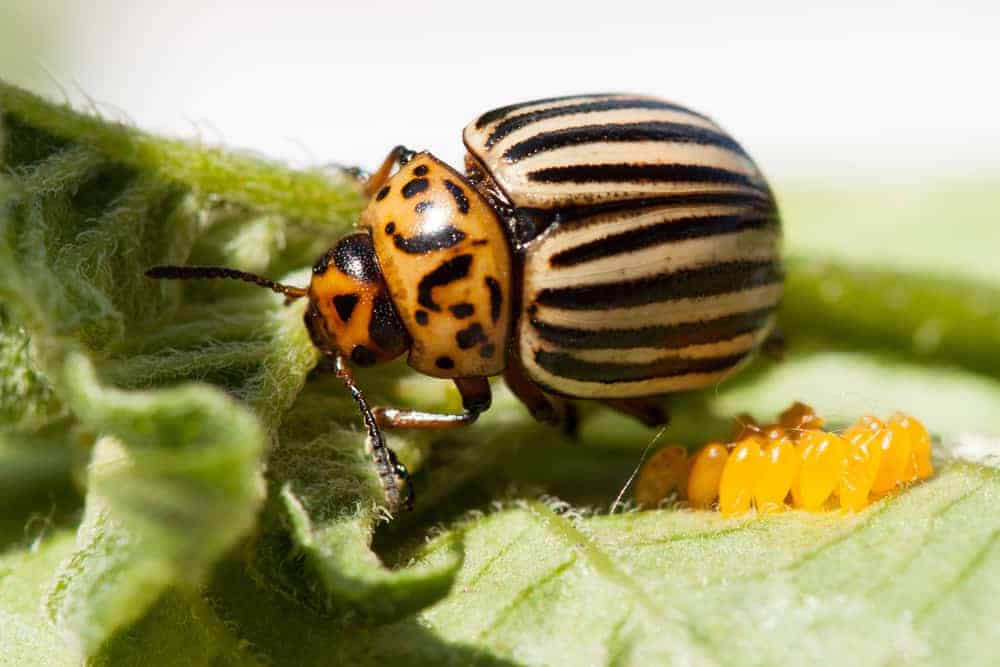
You will probably spot these yellowish bugs with black stripes and their orange eggs under the potatoes’ leaves. Destroy beetles right away by picking them off or spraying with Bacillus thuringiensis subsp. San Diego on the young larvae.
- Aphids

These tiny insects are common virus diseases’ transmitter. They destroy stems and foliage by sucking juices from them. Using insecticidal soap sprays will be effective pest control in this case.
- Flea beetle
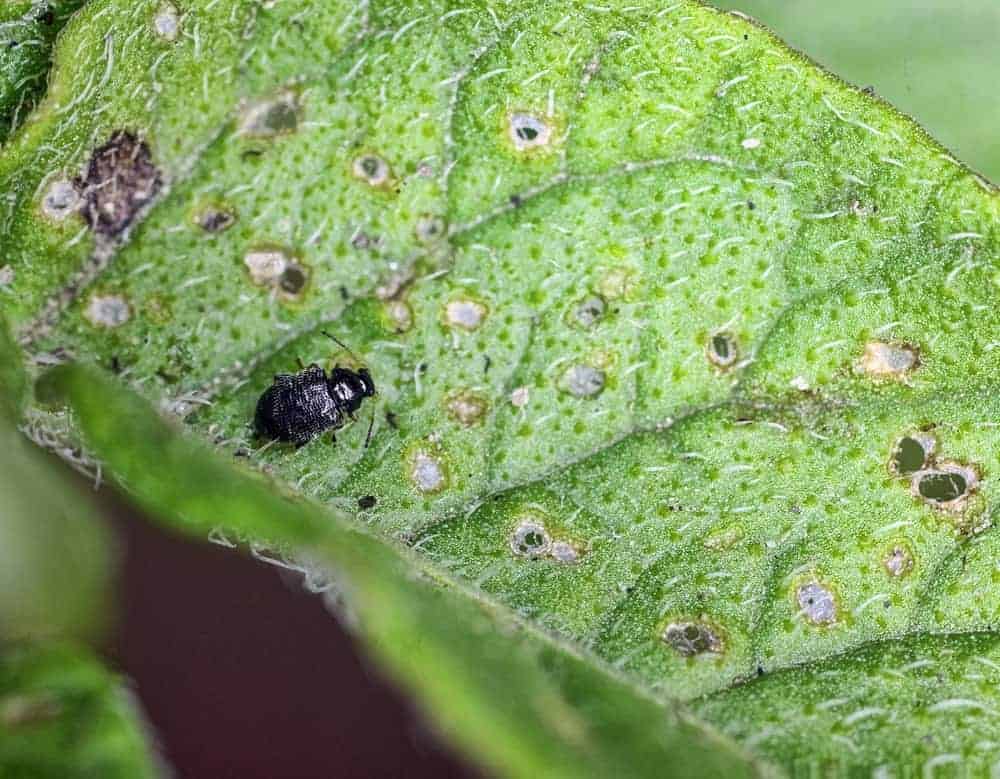
These tiny, usually black creatures will chew small holes in the foliage of your potatoes, causing severe damage, especially on young plants. Therefore, try to cover young potatoes with fabric row covers as soon as you plant them, fertilize the soil regularly, and rotate crops in the required manner.
- Wireworm
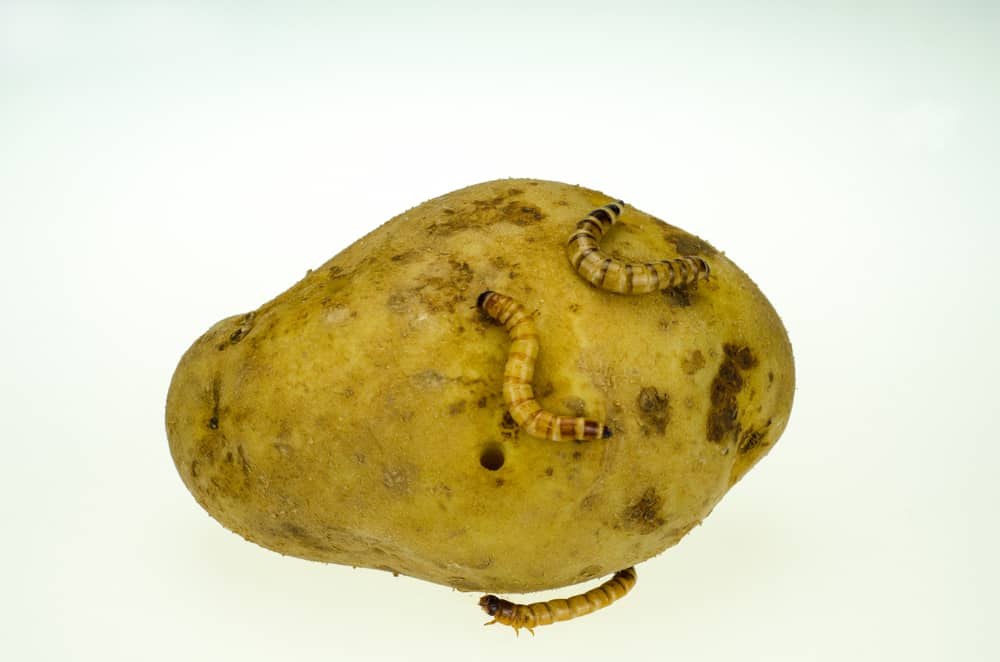
These brownish or yellowish white creatures are actually the beetles’ larvae. They make tunnels through potatoes tubers and spoil them. The only way to get rid of them is to contact your extension service agent and ask for help to cure the soil.
Diseases
The primary causes of potatoes diseases are often inadequate moisture and temperatures. To avoid that, you should plant healthy seeds, take care of your plants, and rotate the plot every year.
- Common scab
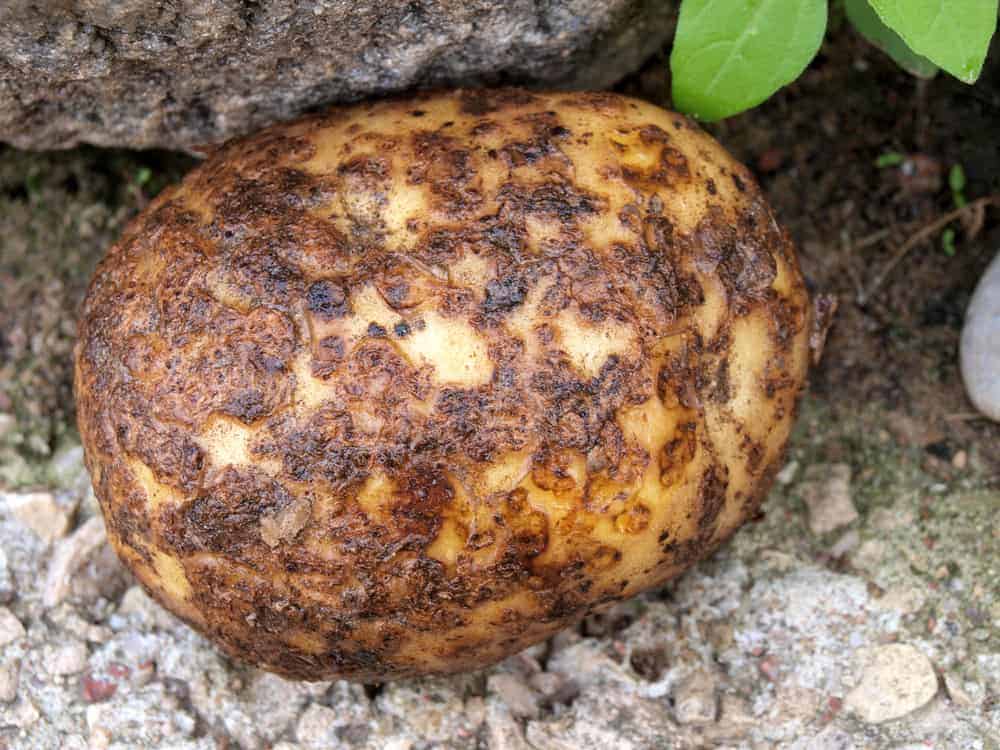
This disease is caused by fungi, which can live in the soil for years. They become active when the soil pH decreases below 5.4. You can determine this problem by taking a soil pH test and regulating its level.
- Late blight
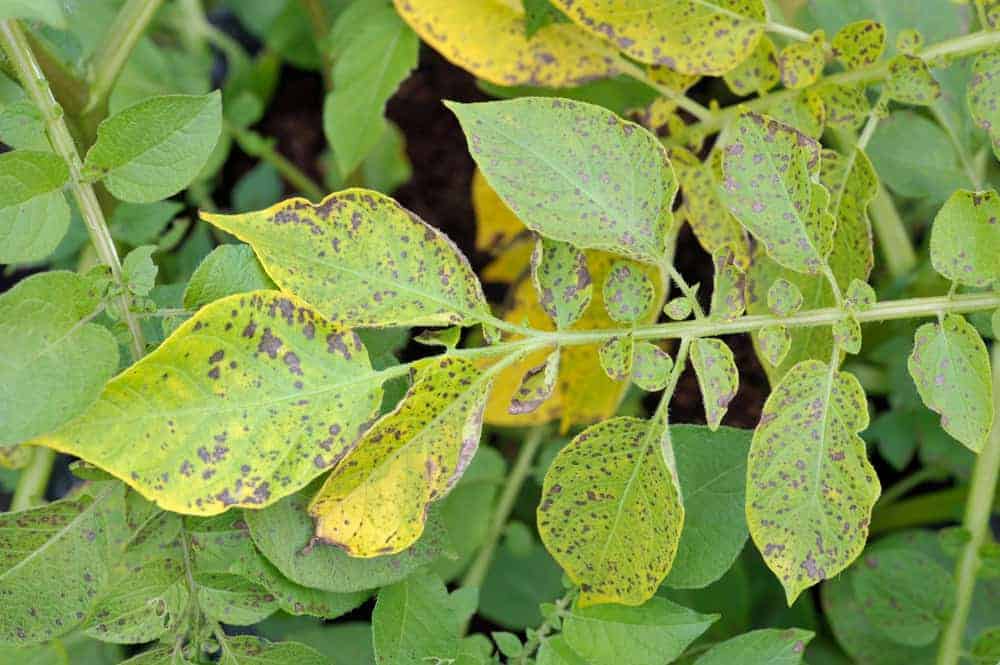
The downy mildew fungi (Phytophthora infestans) is a reason for the appearance of this horrible potatoes’ disease, especially during the cold, wet period. After the weather warms up, it will spread rapidly, and you will notice the first signs of disease on the foliage. They will turn brown and black until they die eventually. Protect your yields by purchasing healthy seeds and using potato dust.
- Early blight
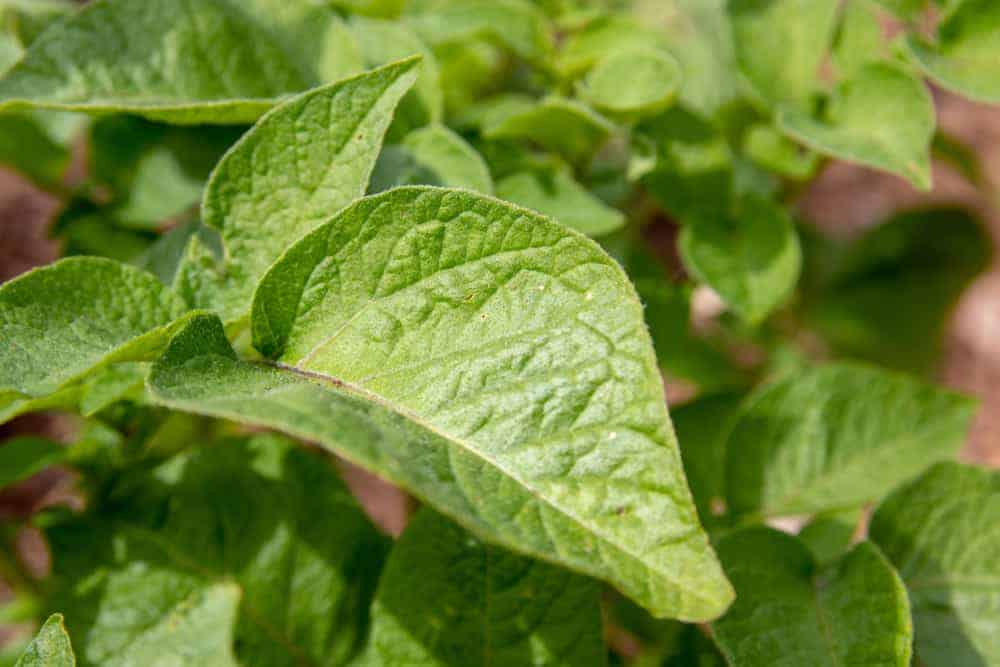
This disease affects foliage and drastically reduces yields, especially in central, eastern, and southern States. You can prevent it by planting healthy seeds and mulching properly.
- Mosaic virus
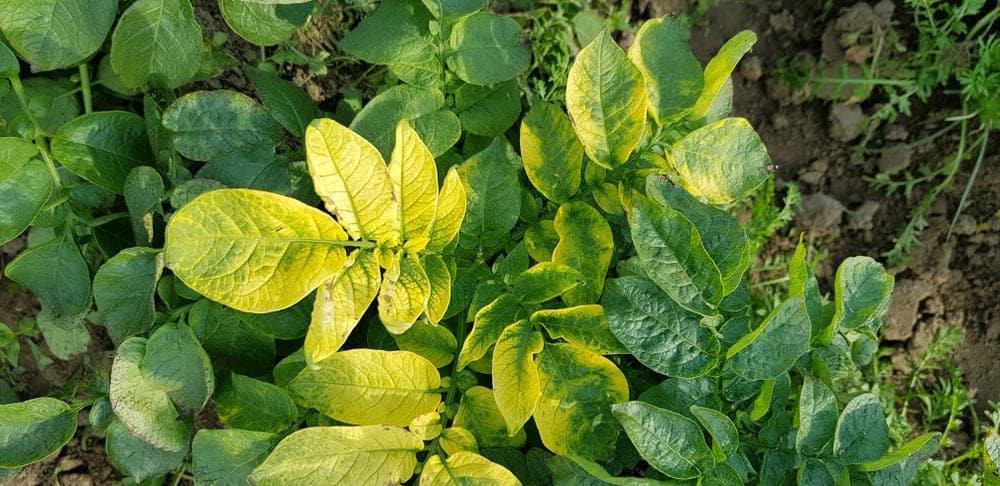
It is spread by aphids, and cause curling leaves. This disease got a name by two-toned foliage, which becomes light and dark green. The virus won’t kill your potatoes, but it will drastically decrease the harvest. The way to prevent this horrible infection is to pick out varieties which are resistant to the causative agent.
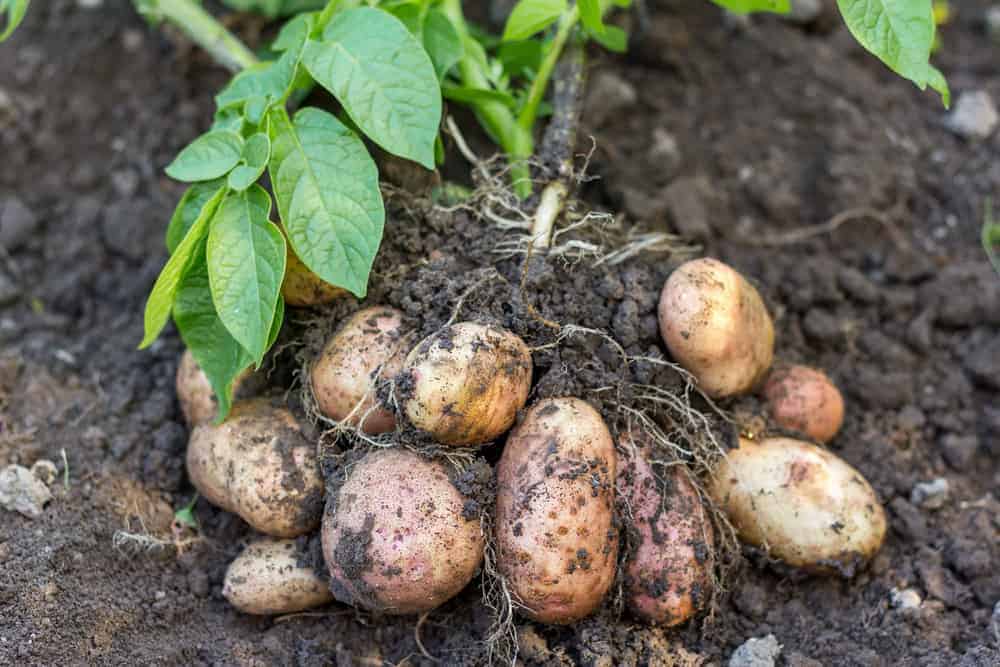
Leave a comment